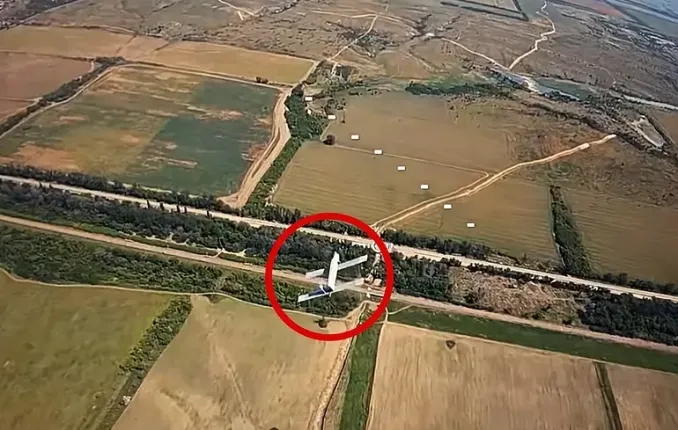Ukraine Develops New Air Defense Units to Counter High-Speed Shahed Drones

Amidst the escalating threat posed by Russian unmanned aerial vehicles, Ukraine is actively expanding its efforts to establish new mobile air defense (AD) units equipped with advanced drone-interceptors. This initiative is driven by the urgent need to effectively counter high-speed drones, particularly the Shahed type, capable of penetrating defense lines and complicating destruction with traditional means such as machine guns or missile systems. Yuriy Ihnat, head of communications for the Ukrainian Air Force, reported that from early June until mid-month, the enemy launched over 3,680 Shahed drones, along with decoy UAVs used to deceive Ukraine’s air defense. In comparison, the average monthly launches last year amounted to about 600, highlighting a significant increase in this tactic and the necessity for innovative interception methods. Volunteers, including Serhiy Sternenko, who funds and supplies domestically produced drones to the Ukrainian military, note that Shahed drones can reach speeds of 200–300 km/h, far exceeding the capabilities of standard reconnaissance UAVs like the Orlan, which fly at speeds up to 140 km/h. This development necessitates the creation of specialized interceptors, many of which are already produced within Ukraine. According to Sternenko, Ukrainian forces have repeatedly shot down Shahed drones using domestic drone systems, confirming the effectiveness of local innovations. However, enemy tactics are evolving: the drones now often fly at altitudes of around 2 kilometers, making them difficult to target with mobile machine gun units, which can only reliably destroy targets flying below 1 kilometer altitude, where detection via heat sensors, visual observation, or acoustic means is possible. Ihnat emphasizes that new units are being formed to guard strategic infrastructure, including cities and villages, which remain vulnerable to massed drone attacks. Training for operators tasked with managing drone interceptors is also underway. Experts underline that the use of intercepting drones is more cost-effective than deploying missile systems. A single interceptor costs roughly $5,000, while a single missile can reach a million dollars. This economic advantage makes drone interceptors a preferable protective measure. Nevertheless, professionals point out that traditional machine gun defenses are still widely used due to lack of alternative solutions, but their effectiveness against high-velocity Shahed drones is limited. They urge local authorities and command to adopt innovative approaches to counter drone threats, strengthening Ukraine’s defenses. The article also discusses issues related to fragmented decision-making and the absence of a comprehensive coordination strategy in building Ukraine’s defense capabilities, which weakens the country despite numerous initiatives and advancements.

